Ask any number of wood carvers what the most common species of carving wood is and you'll likely get the same answer from all of them: basswood. Touted for its affordability, soft yet durable makeup, whiteness, and forgiving grain patterns, basswood carving blocks are perfect for beginner and expert carvers alike.
Our production process begins with the purchasing of basswood logs from local suppliers in Northern Michigan. The logs are ideally harvested in the winter months to prevent the wood from staining, ensuring it maintains the white color that carvers love. Also, since the logs are harvested up here in a northern climate where the growing season is shorter, the trees grow slower, causing the growth rings to be closer together. Subsequently, the carving blocks have tighter grain patterns that increase the wood's carvability.
As stated by Wood Magazine: "...northern basswood provides tighter-grained, finer textured stock." (click here for the article)
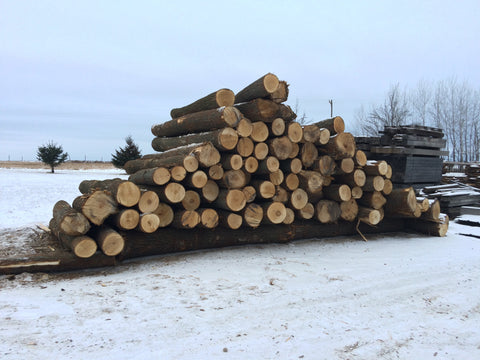
*Northern basswood (AKA American Linden) logs waiting to be sawn*
The logs then move on to the sawmill, where our sawyer meticulously prepares the log for sawing. He places the log on the deck and rotates it to the position that will yield the clearest, thickest stock, making sure to leave out the heartwood. The heartwood cants are set aside to be sold as pallet stock.
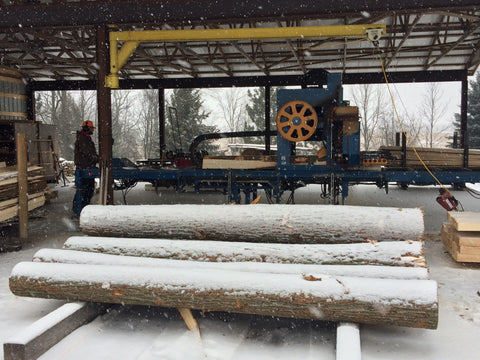
*Northern basswood logs being sawn by our sawyer, with the heartwood cants to the right*
Once the set of logs have all been sawn, the sawyer separates out the lumber that needs to run through our edging machine to remove any wane present. Once that is complete, all of the lumber is ready to be stickered. We use fluted stickers for basswood to enhance airflow, reducing the chance of the wood getting sticker stained. Once stickered, the packs of lumber get a roof put on and spend some time outside, allowing the wood to naturally lose moisture. Initially, this is best done in the winter months when the drying process is slow and gradual.
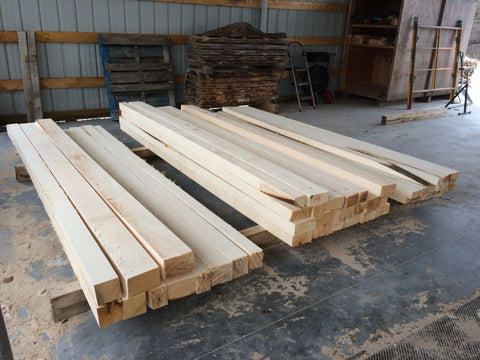
*Some basswood lumber fresh off the mill*
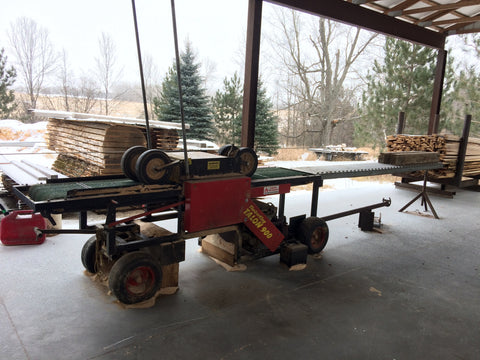
*Our edging machine*
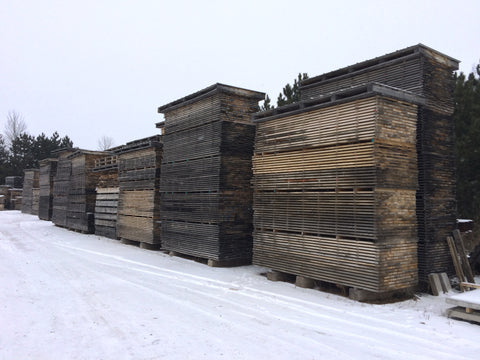
*Various species of lumber stickered and air drying*
Once the basswood has dried to a 12%-20% moisture content, it is now time for the wood to move into one of our two kilns for further drying. The wood remains in the kiln anywhere from 3-15 days, depending on many factors, such as how thick the stock is and how dry it is coming into the kiln. The kiln will dry the basswood to roughly 8%, and the lumber is then ready to move into our shop to be machined into carving blocks.
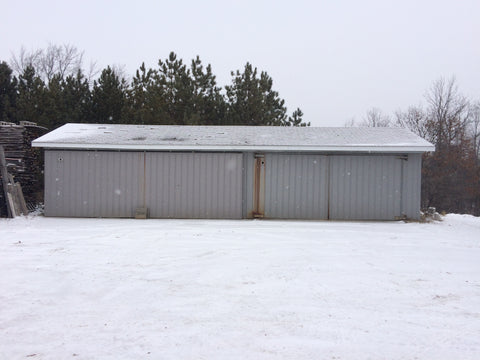
*Our two dry kilns*
Our machining process removes any knots or defects from the wood. We then go the extra mile to surface all 4 sides of the block, giving the carver clean, smooth faces to work with. The blocks are then chopped to stock lengths and placed for sale on our online store.

*Our Woodworking Shop*

*Finished Product*
At Janish Woodworks Inc, we have a vertically integrated production process that allows us to provide carvers across the country with basswood carving blocks at a fraction of the cost of our competitors. Shop Our Carving Block Selection
Does more go into this production process than you thought? Direct your comments and questions below or to info@janishwoodworks.com. You can also visit one of our social media outlets.
Did you like this article? Subscribe to our blog to automatically see any future articles we post.
Our Facebook Page can be found here
Our Instagram Page can be found here
Happy Carving!
-Janish Woodworks, Inc
Questions or comments? Use the comment section below.
